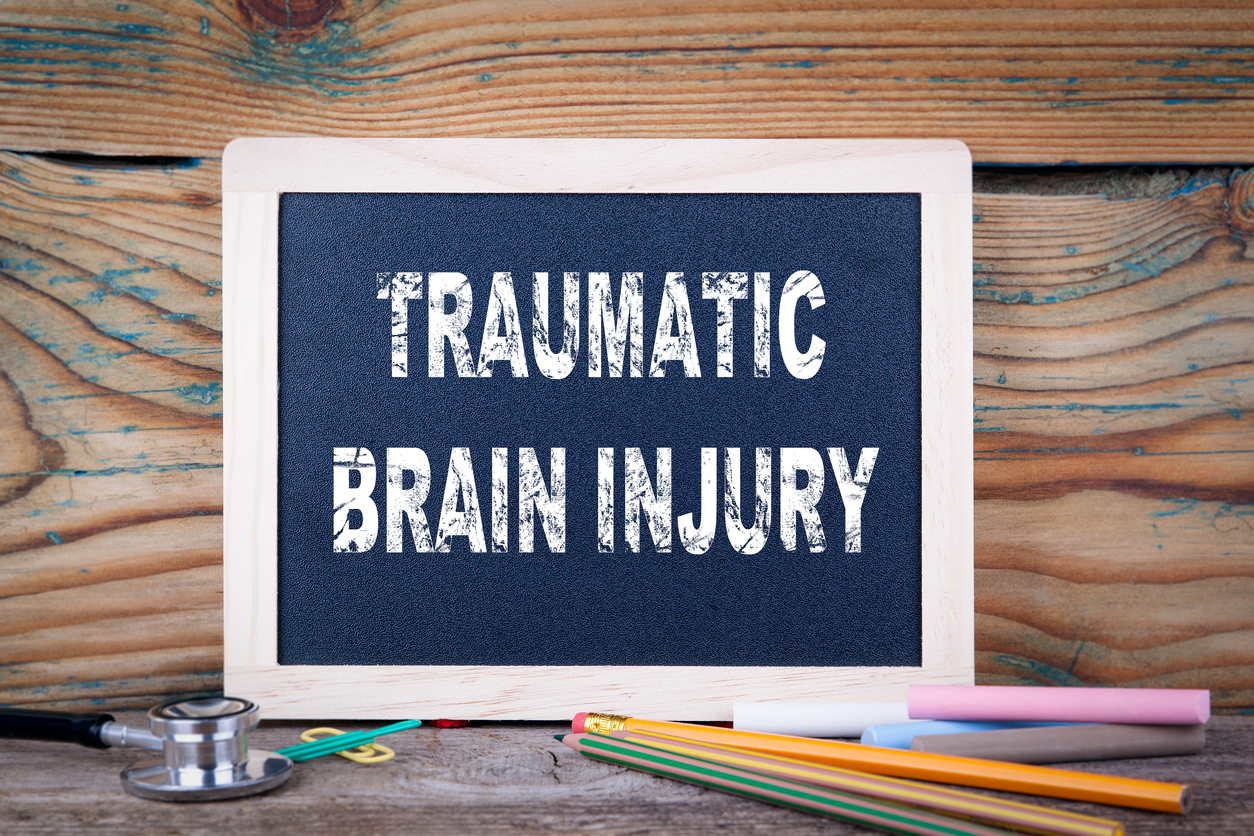Pain
Traumatic Brain Injury and Chronic Pain

What is a traumatic brain injury?
A traumatic brain injury (TBI) is a type of brain damage that occurs as a result of an injury to the head. This type of injury may be non-penetrative, such as a blow to the head, or penetrative, such as a gunshot wound. The severity of a TBI depends on various factors, and the lasting effects can range from a few days to permanent brain damage or, in severe cases, death. A concussion is the most common type of traumatic brain injury.
Traumatic brain injury and chronic pain
Developing chronic pain after a traumatic brain injury (TBI) is not unusual. In fact, over 50% of those with a TBI develop persistent pain. Although pain can occur when the original injury happens, it can also develop due to the body’s response to the primary injury. Brain damage can cause pain receptors to overreact, which results in the brain perceiving additional pain. When the brain cannot operate at full capacity due to a TBI, other areas of the body are impacted.
Headaches
The most common type of chronic pain after a TBI is headaches. A headache that persists beyond three months after the injury is considered to be chronic. A TBI can either directly cause headaches or worsen a preexisting condition, such as migraines
Neuropathic pain
Neuropathic pain is the result of nerve damage. Symptoms include pain, numbness, weakness and tingling. A TBI can cause nerve damage, resulting in neuropathy.
Musculoskeletal pain
A TBI resulting from an accident, such as fall or car wreck, can result in pain in other areas of the body. Musculoskeletal pain can develop for several reasons following a TBI. It typically occurs in the neck, back, shoulder, elbows, hips or knees.
Muscle spasms
Traumatic brain injuries can create other medical issues that may cause pain. For example, damage to nerve pathways in the brain can cause muscle stiffness, which normally results in pain. Muscle spasms occur when the muscle involuntarily contracts and fails to properly relax.
Muscle spasticity
Spasticity, which is different from spasms, occurs when the central nervous system produces abnormal muscle function. As muscle spasticity worsens, nerves may become entrapped, resulting in pain, weakness, lack of coordination, muscle tightness, etc.
Decorticate posture
Decorticate posture is characterized by bent arms, clenched fists, and legs held straight. The arms are usually bent toward the body, while the hands are held on the chest. This may occur due to a severe TBI.
Individuals who have had a traumatic brain injury and are experiencing chronic pain should speak with a health care professional. It is important for the cause of the pain to be identified in order to receive appropriate treatment.
Additional source: Pain Resource



















